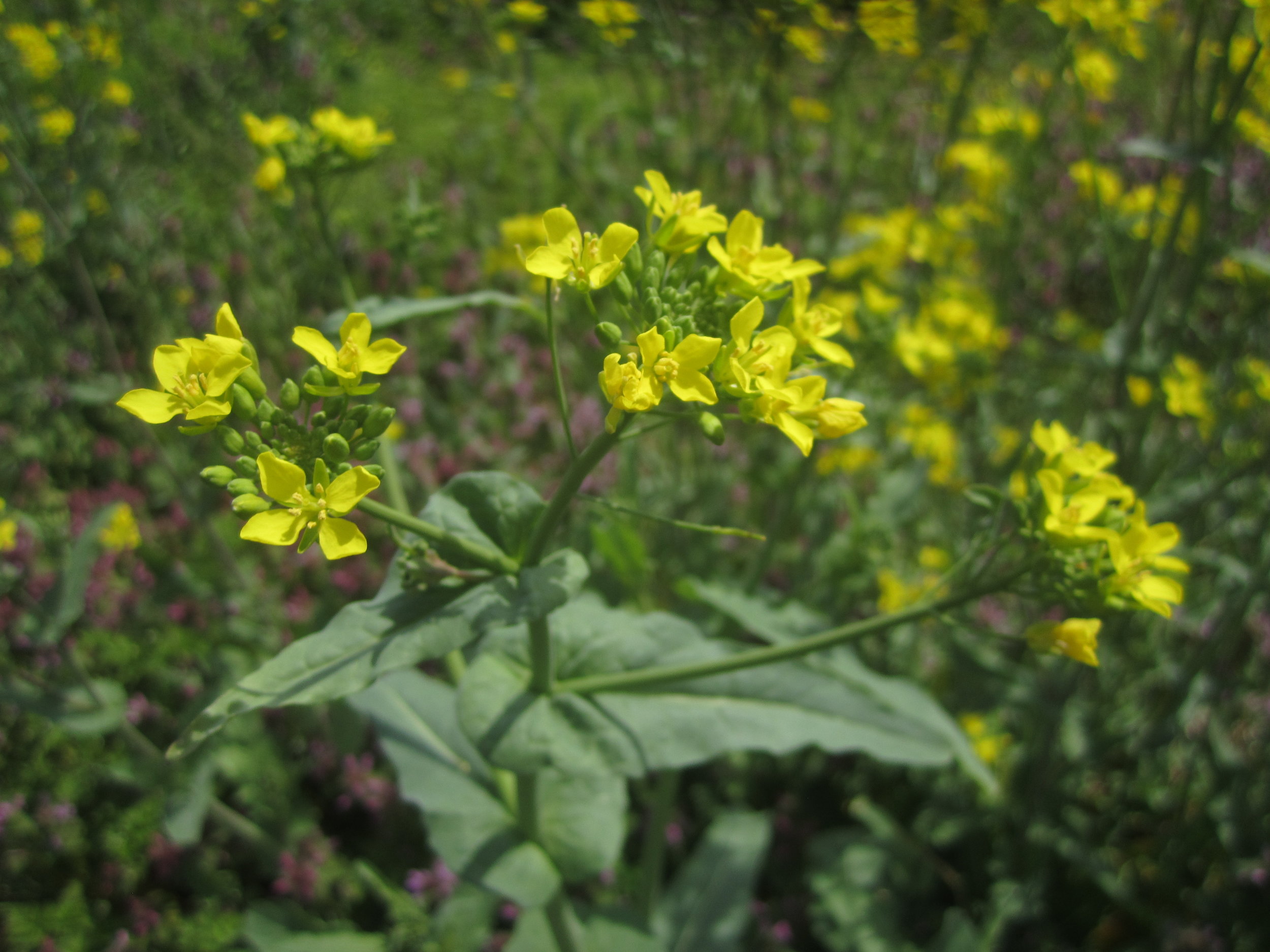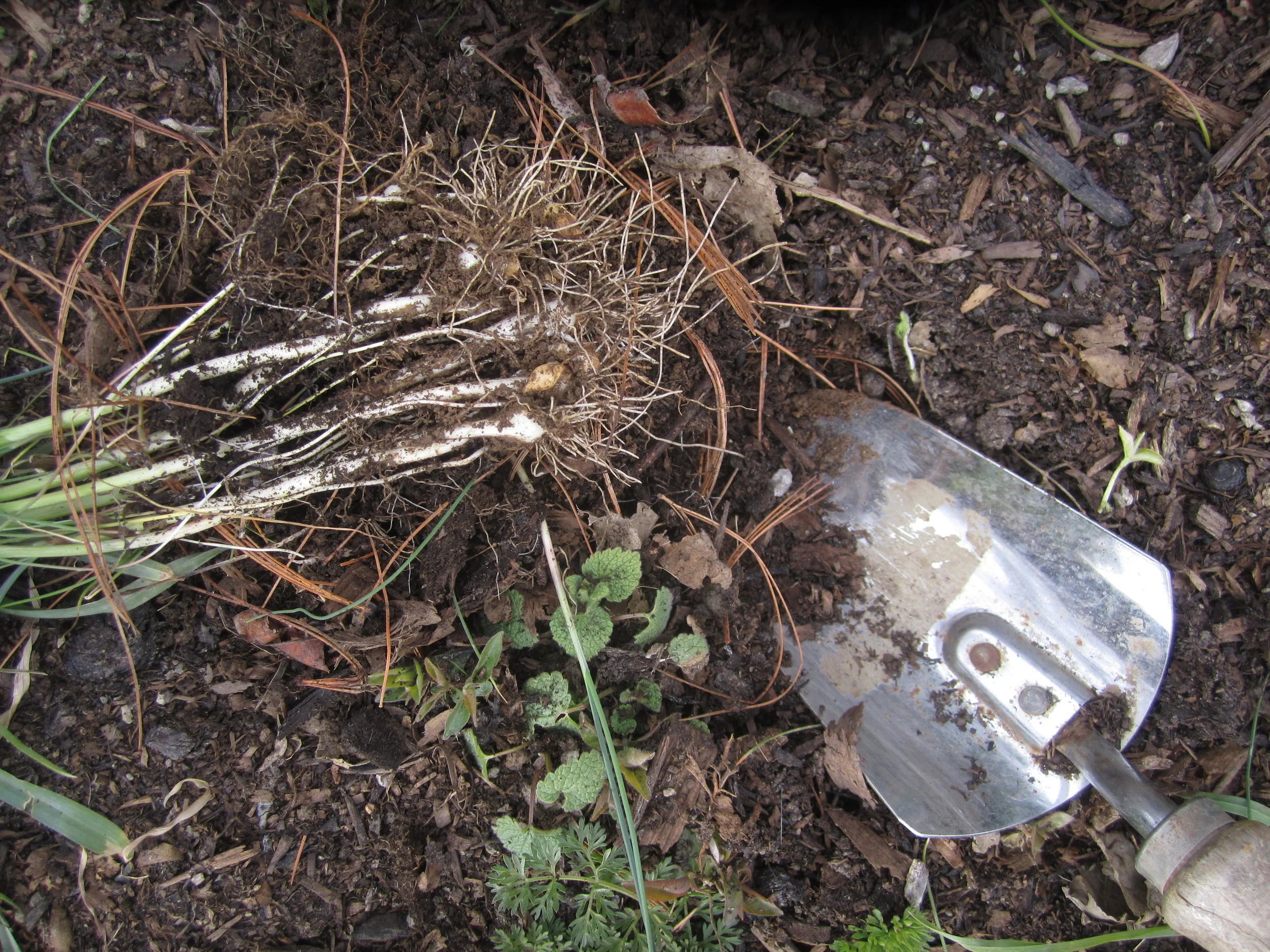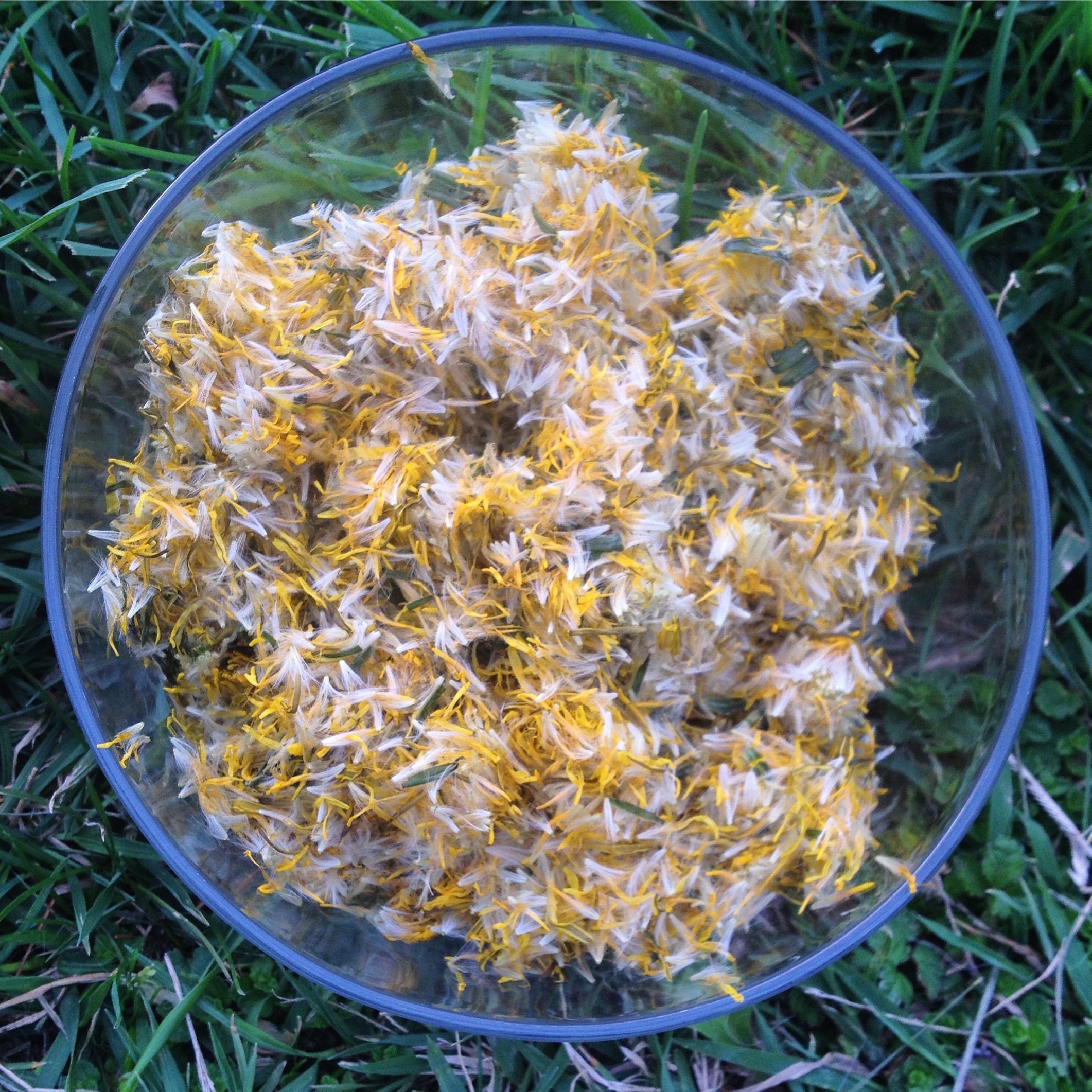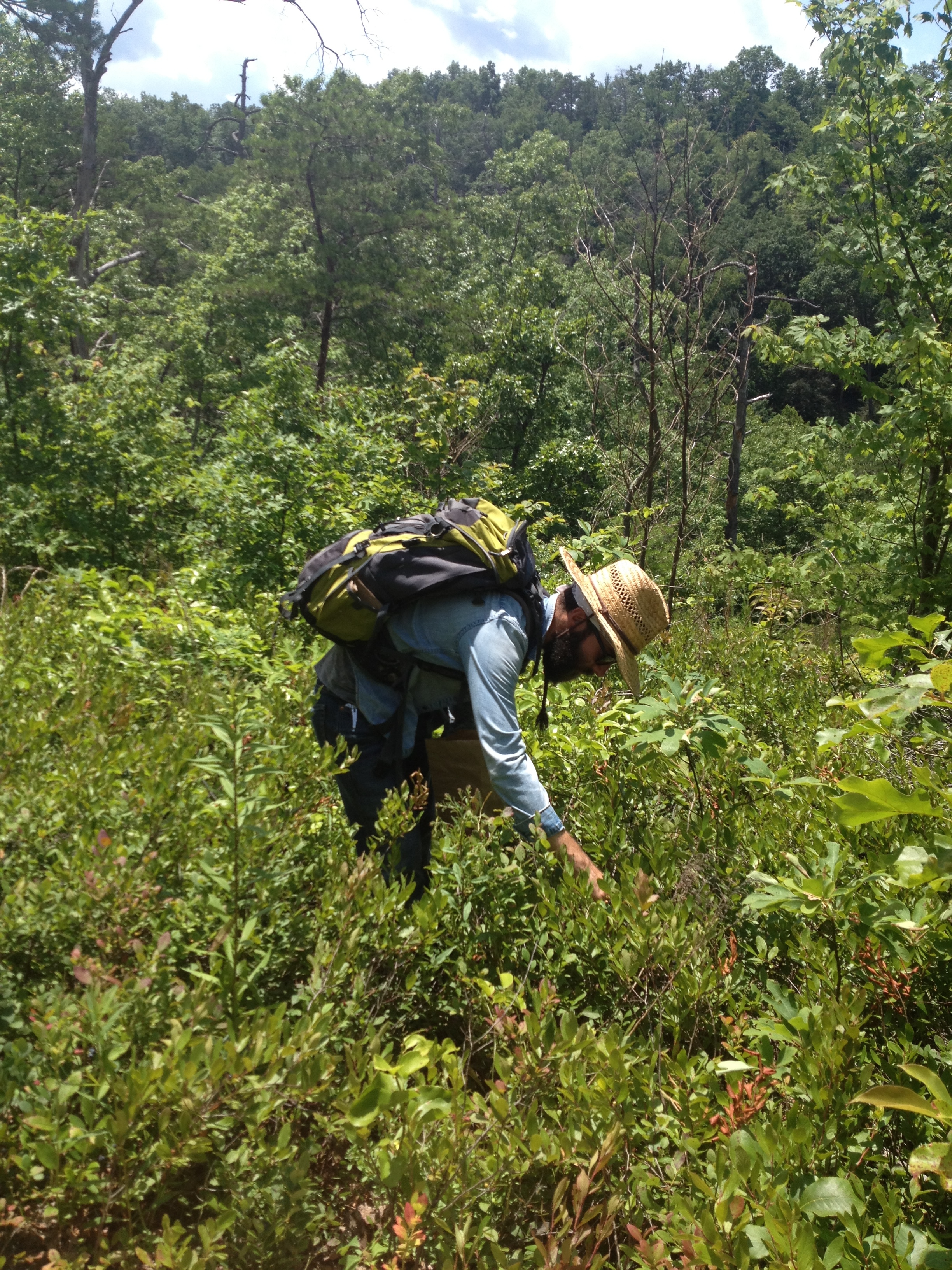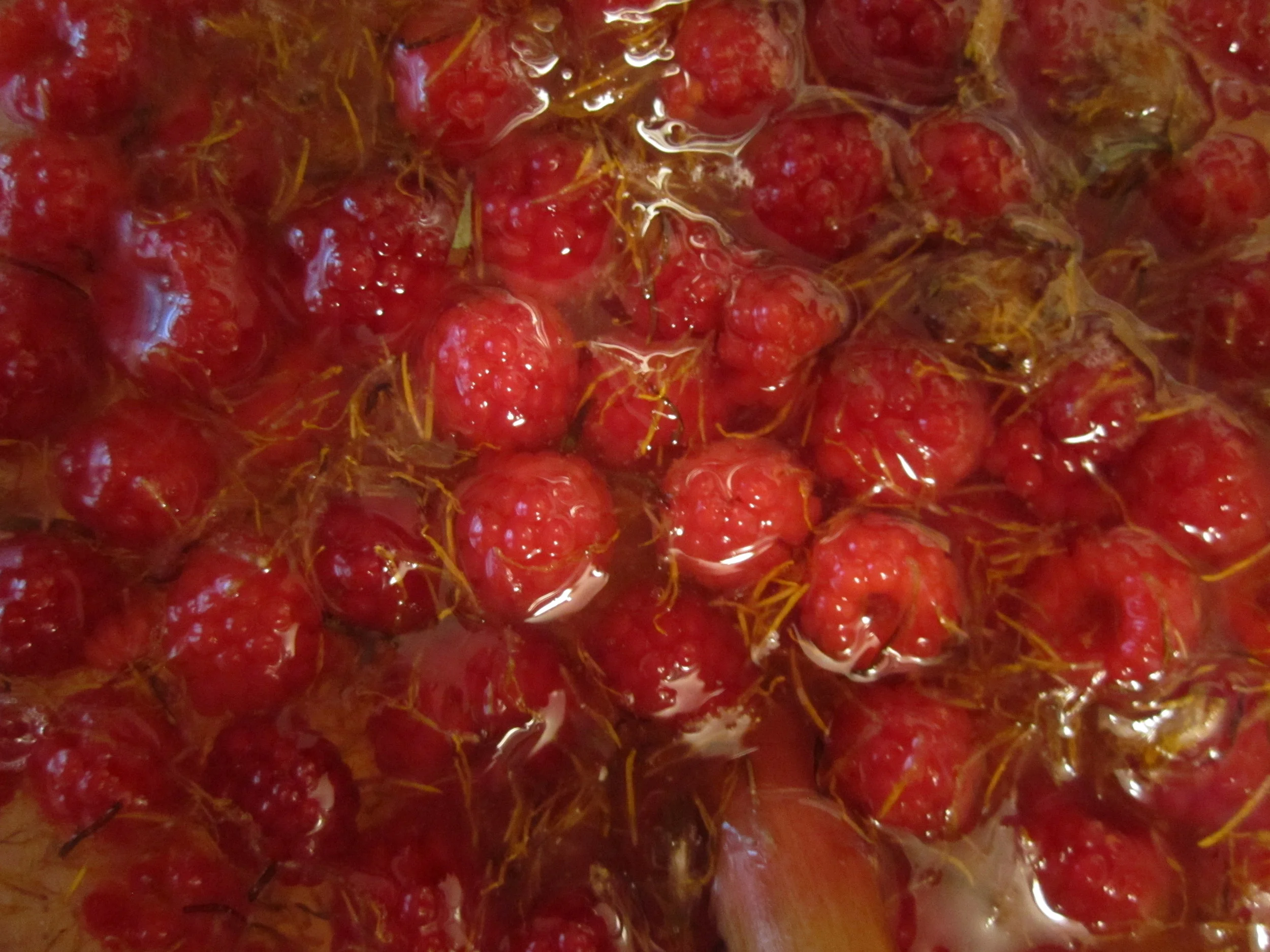Seven Rules of Foraging - Read This Before Gathering Wild Foods
So much of the foraging literature out there assumes a certain level of knowledge about botany, plant taxonomy and ecology.
If you're new to this stuff, I know how intimidating that can be.
I studied plant ecology in college, and sometimes I'm guilty of taking that knowledge for granted, too.
But when I'm writing and teaching about edible wild plants, I always try to approach it from the perspective of the absolute beginner.
Here's the sad truth: in a truly healthy culture that's connected to the land, we would have absorbed the equivalent of a Ph.D. in botany (and other subjects) by the time we reached our teenage years.
Adolescence is when we should have learned to work with the flora and fauna of our bioregion.
And it's not so different from learning a foreign language -- have you ever observed how readily a child will pick up a second (or third, or fourth) language, while you're struggling to remember how to ask "where's the bathroom?" for the millionth time?
We all have to start somewhere, and the vast majority of us come to this as adults with little prior knowledge, or worse, a lot of naive misinformation.
That's why I wrote Introduction to Foraging: A Beginner's Guide to Gathering Wild Foods with Confidence - to attempt to balance out, in some small way, all of the less-than-good information about foraging out there, and to offer a friendly voice that's speaking directly to folks with no prior education on this topic.
Today I want to share with you one of the chapters of the book that I feel is absolutely crucial information.
If you never purchase a copy of the e-book, I hope I can at least arm you with this knowledge so you'll be able to make informed decisions about edible wild plants in the future.
This chapter's called Seven Rules of Foraging.
No, not "THE" seven rules of foraging - that would be pretty conceited of me, to insinuate that I alone hold the vaulted, sanctified final word.
Rather, these are seven key do's and don't's that I personally feel every would-be forager ought to know before heading out to gather wild foods for the first time.
Consider this your remedial class in foraging, required reading before you move on to learn about the specific wild edible plants growing all around you right now.
Again, this is stuff we all should have learned as children, but since we're coming to it as adults, the learning curve's going to be a bit more steep. That said, I'm so glad you've decided to take the plunge!
Future generations will thank you, and they might even take this knowledge for granted.
Seven Rules of Foraging
1. Always leave enough for the remaining population to easily recover.
As far as I’m concerned, this is the most important rule to follow, and if you remember nothing else from this guide I hope it’s this: it is your sole responsibility to ensure the long-term health and sustainability of anything that you forage.
Your impact is always felt by the living community that you take from. By entering into a foraging relationship with that community, you are assuming the responsibility of stewardship – no small task.
This relationship can be extremely rewarding, and a gateway to a much deeper spiritual connection with nature. But you can also very easily cause a plant community to collapse through ignorance, immoderation or disrespect.
Some plants and plant parts can be taken with complete disregard for impact, but others will assuredly die out in future years if you take more than half today. It is up to you, and you alone, to know how much you can take without damaging the population or community.
Knowledge is power, and ignorance can be deadly. So keep reading!
2. Never take more than you can use.
This follows naturally from rule number one, but it’s worth pointing out directly. Even when you’re foraging for a plant that can be harvested indiscriminately, it is still very disrespectful and just unnecessary to take more than you can use.
Why would you? You would only be wasting your time, and potentially killing a whole lot of plants that didn’t need to die – and could’ve been eaten by another creature.
I know it sounds obvious and maybe kind of silly to hammer in this point, but it happens to all of us sooner or later: we get so excited about an abundance of some wild food that we go nuts and overdo it. Nothing can be more depressing than watching your Haul Of The Century slowly—or quickly—rot away in your fridge.
Like I said, it will happen to you eventually, despite your best intentions. It’s an experience we all should’ve had as children, but most of us don’t come to foraging until adulthood. There’s nothing wrong with that – I’m in this camp, too.
Overharvesting is a natural temptation. When you find yourself guilty of it one day, I hope you learn from it, and make the most of it. We all have many lessons to learn from nature.
3. Always do as little damage as possible to the plant and its environment.
This is another rule that extends from the first. When harvesting, be as careful and precise as possible.
When cutting or plucking leaves, be mindful not to excessively damage the stem or branch, as this can invite diseases and viruses into the plant.
When digging roots and tubers, dig with care so as not to cut or disturb neighboring plants. You might only dig up a handful of wild leeks, but you could kill many more around those you harvested through carelessness.
“As little damage as possible” is always relative, and it is something you will have to learn on a plant-by-plant basis. Some plants and plant communities essentially cannot be damaged by harvesting, while others will deteriorate gradually over a period of many years, and might go unnoticed until it’s too late for the remaining population to recover. Attention to detail when harvesting is crucial.
4. Always positively identify anything you plan to eat, beyond a shadow of a doubt.
When in doubt, do not eat! Some plants have no poisonous lookalikes; others have many. Only you can ultimately determine, in the moment, whether you’ve actually found what you’re looking for.
What do I mean by “positively” identifying a plant? Well, to “negatively” identify it would be to say, “I know it’s not X plant or Y plant, so it’s probably Z, right?” No! Wrong! It could be a million other things that you don’t want to consume. This is a dangerous way to operate.
Positive identification requires a thorough working knowledge of the plant in its growth habits and seasonal variations. You should be familiar with traits like the size and shape of leaves, flowers, and seeds; stem length and thickness; and more—as well as how these things change as the plant matures. You should be able to match several, if not all, of the traits you observe to a known description of the plant in question.
This requires a mix of studying and practice on your part. You should get to know the basic botanical jargon used to describe plant parts, and then take that knowledge out into the field and practice applying it.
I should also note that if you’re unsure about the ID of a plant, it’s better to leave it where it is and take lots of good photos from many angles, rather than simply plucking a handful and stuffing it in your bag or basket for future reference. It will be much harder to ID later when it’s wilted, crushed, and/or discolored, and it might also be tougher to remember the specific microclimate you found it in.
Context can make a big difference: did you find your specimen in a low, wet marsh or a dry open field? On the side of the road, or beneath a specific kind of tree? These kinds of details will aid you in positive identification beyond physical characteristics.
5. Always know which parts are edible, when they’re edible, and what you must do to prepare them.
Here’s one of the most common experiences people have with wild edible plants these days:
“I heard that dandelions are edible, so I plucked a leaf from the ground and gave it a nibble—way too bitter to eat! No thanks! I think I’ll stick to good old-fashioned lettuce.”
If you’ve ever been curious about foraging in the past, you’re probably familiar with some version of this story – maybe it was your experience, or a friend’s, and maybe it discouraged you from digging deeper into the world of edible wild plants.
Well of course those dandelion greens were super bitter! They were probably large leaves from a conspicuous, well-established plant growing in full sun, which tend to be unpalatable. But if you had harvested some young leaves from a plant growing in the shade, early in spring before its flower stalk appeared, you might have appreciated the bittersweet note that fresh dandelion greens add to a salad or stir-fry.
Or maybe you’d be happier with some freshly gathered dandelion flower “fluff”, which makes a wonderfully sweet and aromatic addition to fermented beverages.
This example illustrates the importance of knowing when and how to harvest, which parts to gather, and how to prepare them properly.
Some plants, like wood sorrel, will wilt to the point that they’re unusable pretty quickly after harvesting, so it’s best to eat them right on the spot. Others, like aronia berries, will be nearly inedible to most people until prepared appropriately. Still other plants will have one part that is delicious and another part that’s toxic, or certain developmental stages that are edible and others that are not.
It’s not enough simply to be able to identify an edible plant—you must also learn how to work with it.
6. Only forage where you’re sure it’s safe and legal.
When foraging, especially in urban and suburban settings (but increasingly in rural places, too), always be certain that the area is not regularly treated with pesticides, herbicides, or other chemical carcinogens!
It’s really pretty insane that we have to look out for poisonous chemicals on our food—whether at the supermarket or the nature preserve—but that’s the world that we live in, you know? All we can do is accept reality, minimize our personal exposure, and lead by example.
Once you’re sure the site isn’t contaminated, it’s generally a good idea to ask for permission before harvesting, whenever possible. Sure, maybe that farmer down the way has no interest in the wild wineberries growing on his hedge row, and wouldn’t care if they were harvested, but he probably isn’t going to appreciate seeing you trespassing on his property with a sack full of something unknown.
Not only that, but if you make an effort to talk to someone who’s responsible for the place where you intend to forage, they might be able to give you definitive answers about how the land is managed, and where else you might find edible plants nearby. Who knows? Maybe that person appreciates wild mulberries or plums as much as you do, and would be happy to lead you around to some of their favorite trees. There’s only one way to find out.
7. Always remember that the purpose of foraging is to better connect with nature.
Your goal should not be to take from nature at all, but to receive her gifts with respect and moderation, in order to cultivate reverence. That’s what it’s all about.
When you eat directly from the land that surrounds you, you are taking part in communion with Mother Nature herself. You are eating the body of the Earth, birthed by the sun, and it is becoming your body. The line between “self” and “environment” begins to blur, and compassion is able to flow beyond the illusory boundaries of our individual selves and into the community of living things that surrounds us.
Is that too Zen of me? Really though! Your body is the sum total of the things you eat. Wouldn’t you prefer to be wild, resilient, beautiful, and mysterious? Especially when the alternative is mostly tame, frail, soaked in chemicals, and industrially processed?
We are a part of nature, not apart from it. Foraging is just one way to better understand nature in all its divine splendor. Keep listening, and you’ll keep learning.
Diving into the wonderful world of wild foods can be intimidating, especially if you don't have much experience working with plants.
That's why I wrote Introduction to Foraging: A Beginner's Guide to Gathering Wild Foods with Confidence.
This e-book was written with the absolute beginner in mind, and with the goal of getting you out into the world gathering wild foods right away.
Seven Rules of Foraging is just one chapter from the first section of the book, which I have dubbed the "Inner Landscape" portion.
From there, we dive into profiles of some of the most common and easy-to-identify edible wild plants in North America, out there on the "Outer Landscape," so to speak. :)
To learn everything you need to know to begin foraging safely, sustainably, and confidently, check out Introduction to Foraging here -- it's available now!

